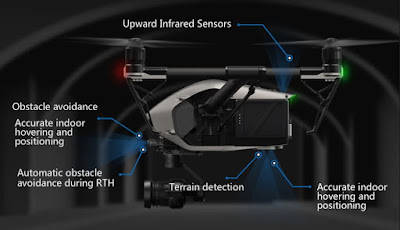
Making History, Kind Of In July 2016, the Dallas Police used a robot to kill a gunman which had already killed two police officers and injured others (Sidner & Simon, 2016) . The gunman was in a position which did not allow for police officers to get a direct shot in order to neutralize him via traditional means. The police chief gave instructions for an unconventional plan to be developed and the use of a bomb disposal robot was conceived. The robot delivered a pound of explosives within a deadly radius of the shooter and detonated, killing the gunman. The robot was an early version of the Remotec F5, which is part of the now Northrop Grumman Andros line of robots (Orf, 2016) . This line of robots now includes the FX, Titus, HD series, and the F5’s newest version, the F6B (Northrop Grumman, 2017) . These vehicles are used mostly in bomb disposal, vehicle inspection, and other military and police missions. Using robot to kill a...
